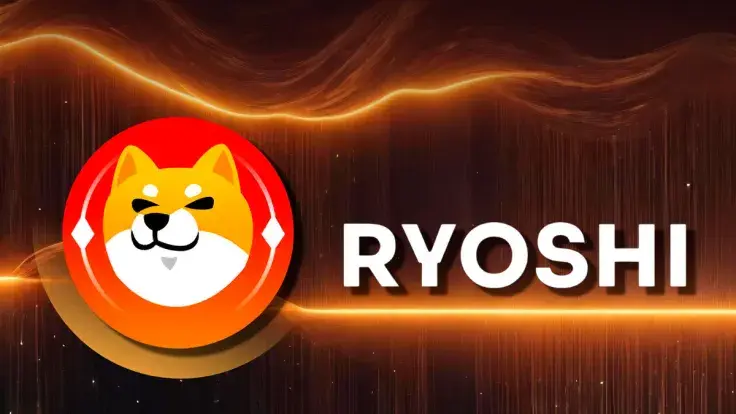
In late August 2023, the Shiba Inu ecosystem marked a significant milestone with the introduction of Shibarium. As the new year unfolds, a noteworthy contender has emerged – Ryoshi, a Shiba Inu-centric project also situated as the layer-2 blockchain. This development has set the stage for a measured examination of the evolving dynamics between these two platforms.
Ryoshi, as detailed in its litepaper, positions itself as a community-driven layer-2 EVM network, employing Polygon CDK technology. According to its documentation, Ryoshi plans to utilize SHIB as a native gas token, fostering systemic utility by establishing a platform for decentralized applications. Notably, the project aims to implement a mechanism where a portion of used SHIB is burned during each transaction.
An essential feature of Ryoshi, according to the documentation, is its commitment to decentralized, community-driven protocol management. The project envisions creating a network owned and operated by the community, a vision that extends to the imminent mainnet launch.
This launch will be complemented by the introduction of a governance token, allowing Ryoshi token holders to participate in voting on proposals and enjoy incentives on the forthcoming staking platform.
Ryoshi v. Shibarium
As Ryoshi positions itself as a contender against the established Shibarium, the Shiba Inu ecosystem anticipates an increase in activity and attention. The competition between these layer-2 blockchains holds implications for the future landscape of Shiba Inu-related projects.
Caution is advised, echoing the customary prudence associated with new ventures. Potential investors are urged to conduct comprehensive research before committing capital to this evolving aspect of the crypto space.


 Godfrey Benjamin
Godfrey Benjamin Gamza Khanzadaev
Gamza Khanzadaev Alex Dovbnya
Alex Dovbnya Arman Shirinyan
Arman Shirinyan